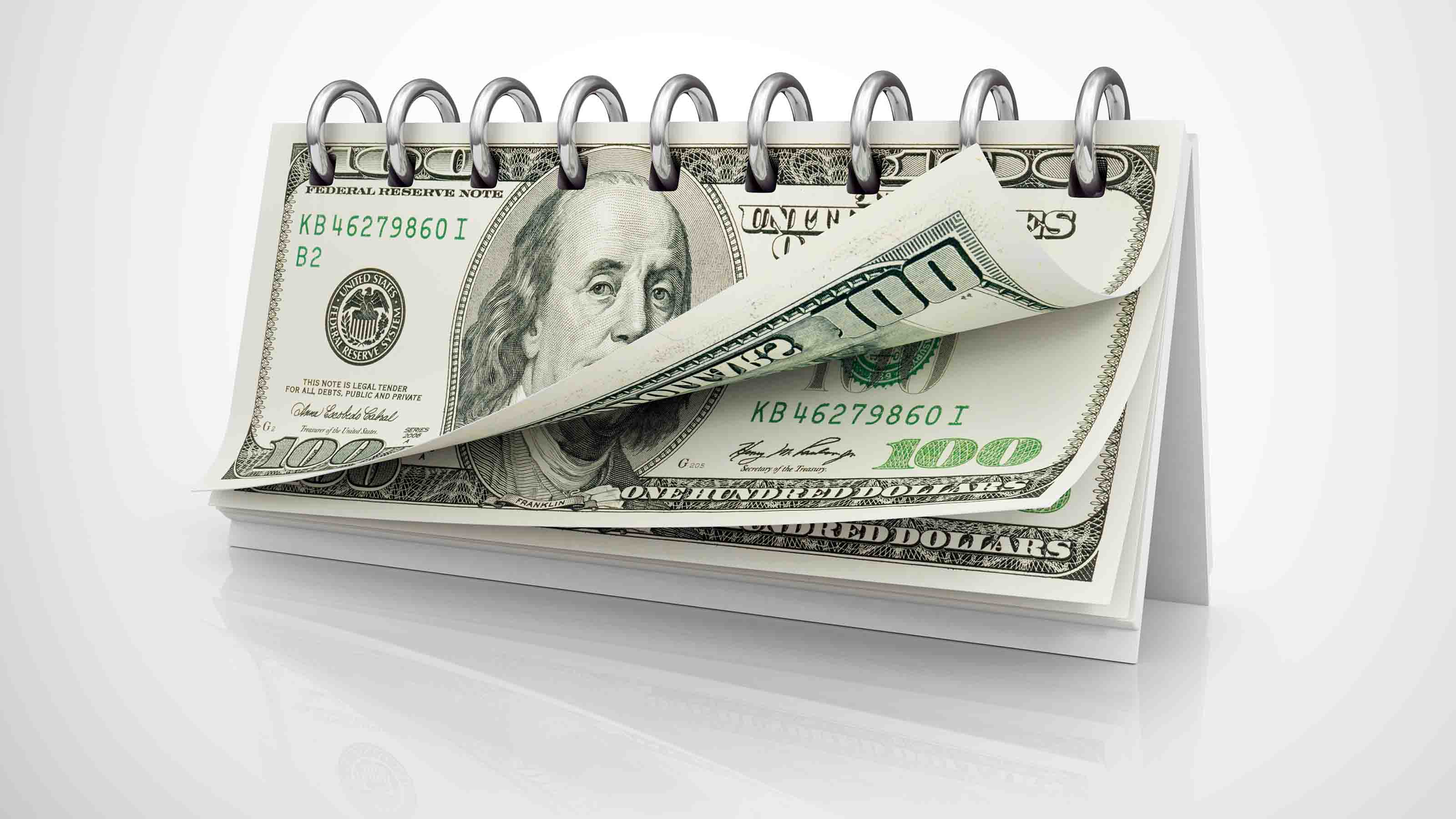6 Bond Funds to Own Today
My picks avoid funds with big stakes in Treasuries, which are most at risk if investors need to raise cash quickly.

Last month, I discussed why owning bond funds still makes sense even if you think higher interest rates are coming. Before I name my favorites, I want to reiterate that I am not defecting to the Society of Interest Rate Scolds. I firmly believe that rates will remain low for much longer than most people expect.
Why am I so confident? For starters, all economic signs suggest that when the Federal Reserve finally lifts short-term rates, it will do so by no more than 0.25 to 0.5 percentage point this year, then keep them on hold until well into 2016. And don’t expect much action in the bond market, where investors set yields for longer-term debt. Think of bond yields simply as the cost of credit. The world is swimming in cash, and investors are eager to buy bonds at today’s prices. Their buying keeps yields down and prices up (the two move in opposite directions). So fears that a wave of selling is about to crush bondholders are unfounded.
But the endless chatter about the inevitability of higher rates complicates managing your bond fund portfolio. To get a decent yield while protecting your principal, you should own funds that focus on the tough task of actively buying and selling bonds. That way you may benefit from quick price movements and changes in credit ratings, as well as take advantage of the opportunities that are created when investors are forced to sell their bonds under duress. Such hands-on investing requires skilled managers, supported by smart analysts and agile traders. Index funds and funds run by managers who try to time swings in interest rates need not apply.

Sign up for Kiplinger’s Free E-Newsletters
Profit and prosper with the best of expert advice on investing, taxes, retirement, personal finance and more - straight to your e-mail.
Profit and prosper with the best of expert advice - straight to your e-mail.
Beyond seeking talented managers, what should you look for? Avoid funds with big stakes in Treasuries. Investors are most likely to dump government bonds if they need cash quickly. Stick with funds that have a short to medium duration, a measure of rate sensitivity. Holding some high-yield bonds is a reasonable strategy. Junk funds offer above-average yields and should hold their value better than investment-grade funds as yields rise. Below are my six favorite mutual funds.
Buffalo High Yield (symbol BUFHX, yield 3.0%) invests mainly in higher-quality, short-duration junk. It stays away from energy debt and occasionally holds convertible bonds to benefit from gains in an issuer’s stock.
Dodge & Cox Income (DODIX, 2.8%) has most of its assets in medium-maturity corporate bonds and mortgage securities; it has only 10% in Treasuries.
FPA New Income (FPNIX, 2.9%) passes along income from commercial and residential mortgages and offbeat asset-backed securities for things such as subprime car loans and airplane leases. The yield is surprisingly high considering the fund’s low average duration of 1.4 years.
MetWest Unconstrained Bond (MWCRX, 1.7%) can, as its name suggests, do anything in the fixed-income arena, including betting on bond prices to fall. The managers have been emphasizing mortgages and asset-backed securities, such as student-loan receivables. The fund, a member of the Kiplinger 25, has been tracking FPA New Income lately, which is good.
Osterweis Strategic Income (OSTIX, 4.1%), another Kip 25 member, was an early advocate of short-term junk bonds and continues to be effective in focusing on that area.
RiverNorth/DoubleLine Strategic (RNDLX, 5.3%) combines closed-end funds trading at discounted prices with the mortgage expertise of bond powerhouse DoubleLine. It sounds weird, but it works.
Get Kiplinger Today newsletter — free
Profit and prosper with the best of Kiplinger's advice on investing, taxes, retirement, personal finance and much more. Delivered daily. Enter your email in the box and click Sign Me Up.

-
 Stock Market Today: Stocks Gain on Tech, Auto Tariff Talk
Stock Market Today: Stocks Gain on Tech, Auto Tariff TalkThe Trump administration said late Friday that it will temporarily halt tariffs on some Chinese tech imports.
By Karee Venema
-
 Sam's Club Plans Aggressive Expansion: Discover Its New Locations
Sam's Club Plans Aggressive Expansion: Discover Its New LocationsSam's Club expansion plans will open up to 15 new stores each year. Learn where they plan to open in 2025.
By Sean Jackson
-
 Why Investors Needn't Worry About U.S. Credit Downgrade
Why Investors Needn't Worry About U.S. Credit DowngradeFitch Ratings The United States saw its credit rating downgraded for just the second time in history, but experts aren't worried about the long-term damage to stocks.
By Dan Burrows
-
 Income-Investing Picks for a Recession
Income-Investing Picks for a RecessionInvesting for Income Some consequences of an economic downturn work to the benefit of fixed-income investors. Here are three fund ideas that fit the bill.
By Jeffrey R. Kosnett
-
 Dogs of the Dow Are 2022's Best in Show
Dogs of the Dow Are 2022's Best in Showdividend stocks Some of the best investments for income investors in a volatile 2022 have come from the Dogs of the Dow.
By Jeffrey R. Kosnett
-
 Bond Values in a Volatile Market
Bond Values in a Volatile MarketInvesting for Income While the market's instability may not be over just yet, the latter half of the year should be less daunting – and possibly more rewarding – for investors.
By Jeffrey R. Kosnett
-
 Should You Buy Bonds Now? What To Consider
Should You Buy Bonds Now? What To Considerbonds The fixed-income market has been turned on its head in recent years, but there are still opportunities for those looking to buy bonds again.
By James K. Glassman
-
 Dividend Dates: A Beginner's Guide
Dividend Dates: A Beginner's Guidedividend stocks Everything you need to know about ex-dividend dates, dividend announcements and other parts of the dividend calendar.
By Charles Lewis Sizemore, CFA
-
 Income Investors Should Look Beyond the Ukraine Invasion
Income Investors Should Look Beyond the Ukraine Invasionstocks Unless you invested in a Russian-themed ETF or an emerging markets index fund, the destruction of Moscow's capital markets is a distraction for investors.
By Jeffrey R. Kosnett
-
 Consider Short-Term Bond Funds
Consider Short-Term Bond FundsInvesting for Income These funds own the kind of stuff that benefits from a healthy economy and can withstand the Fed's rate hikes.
By Jeffrey R. Kosnett